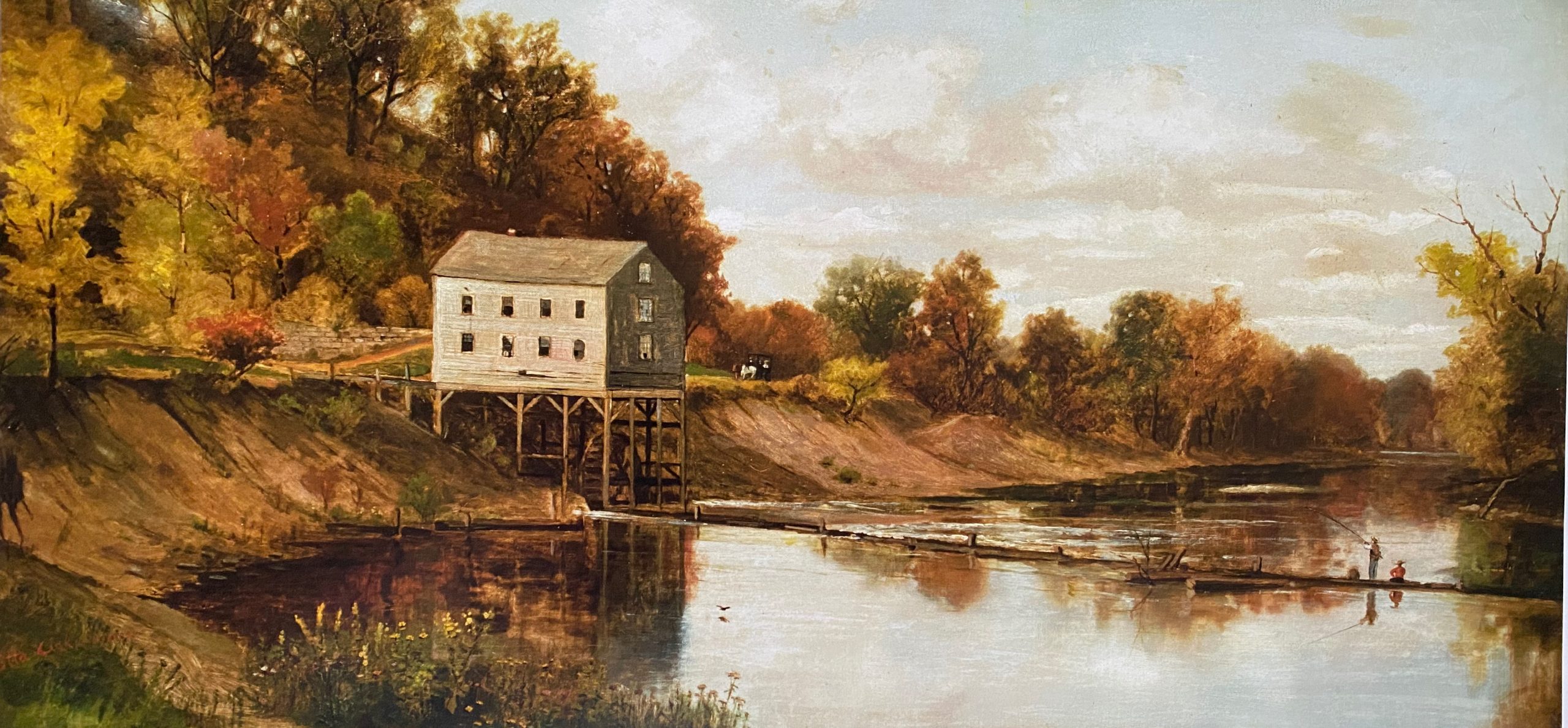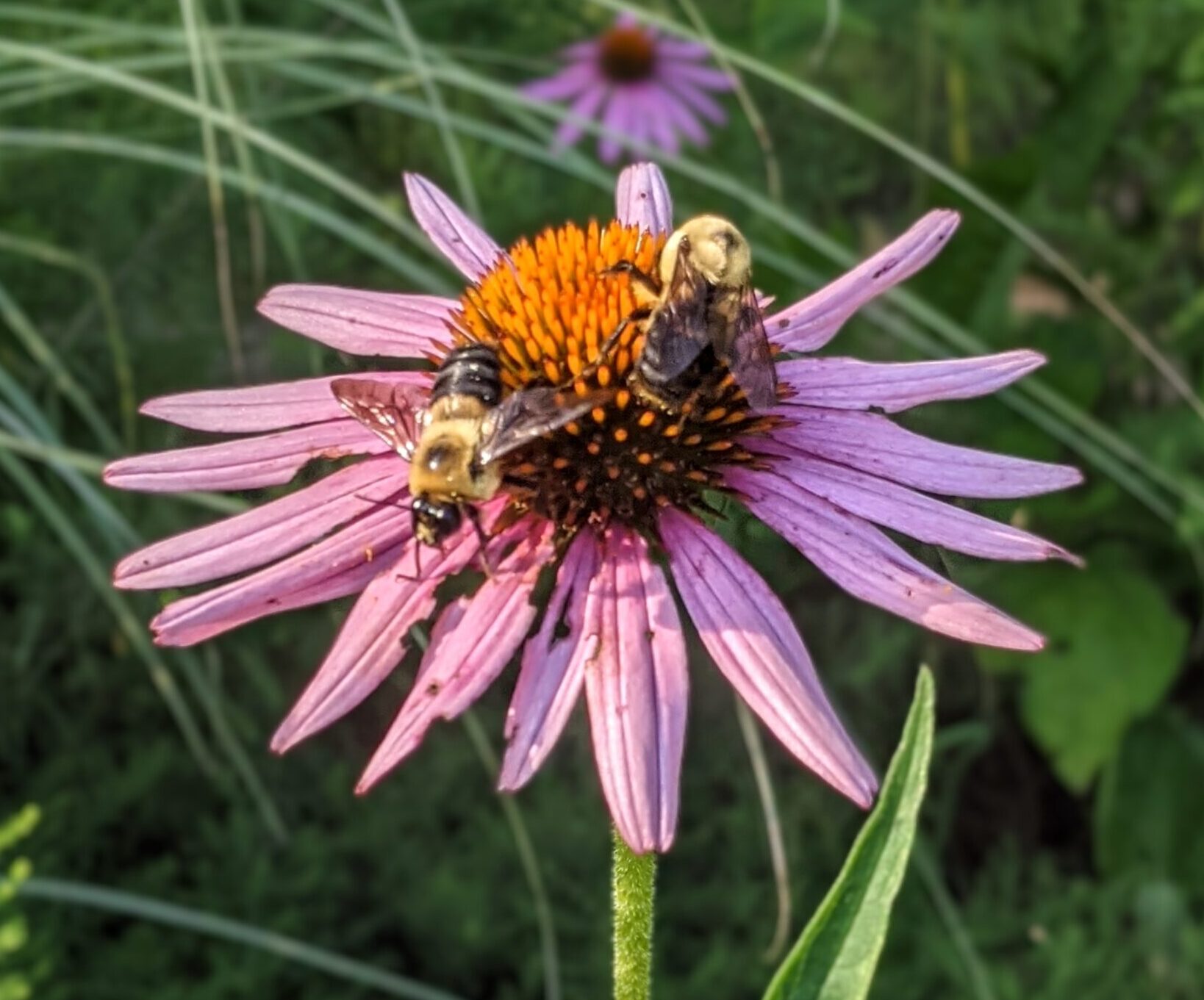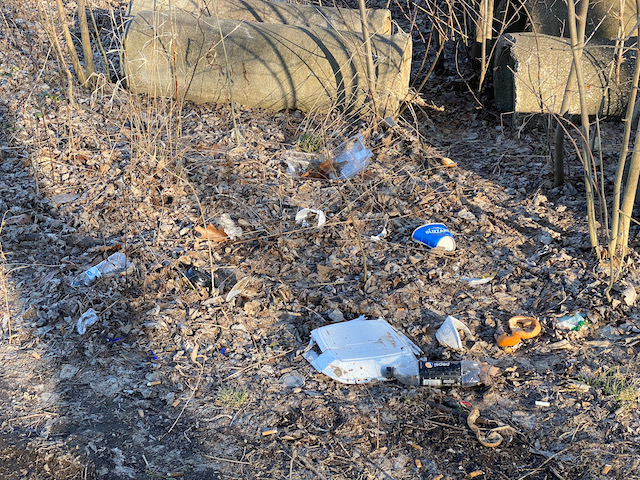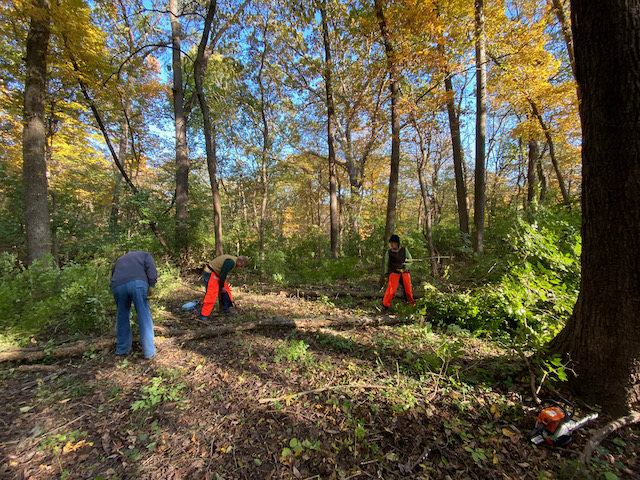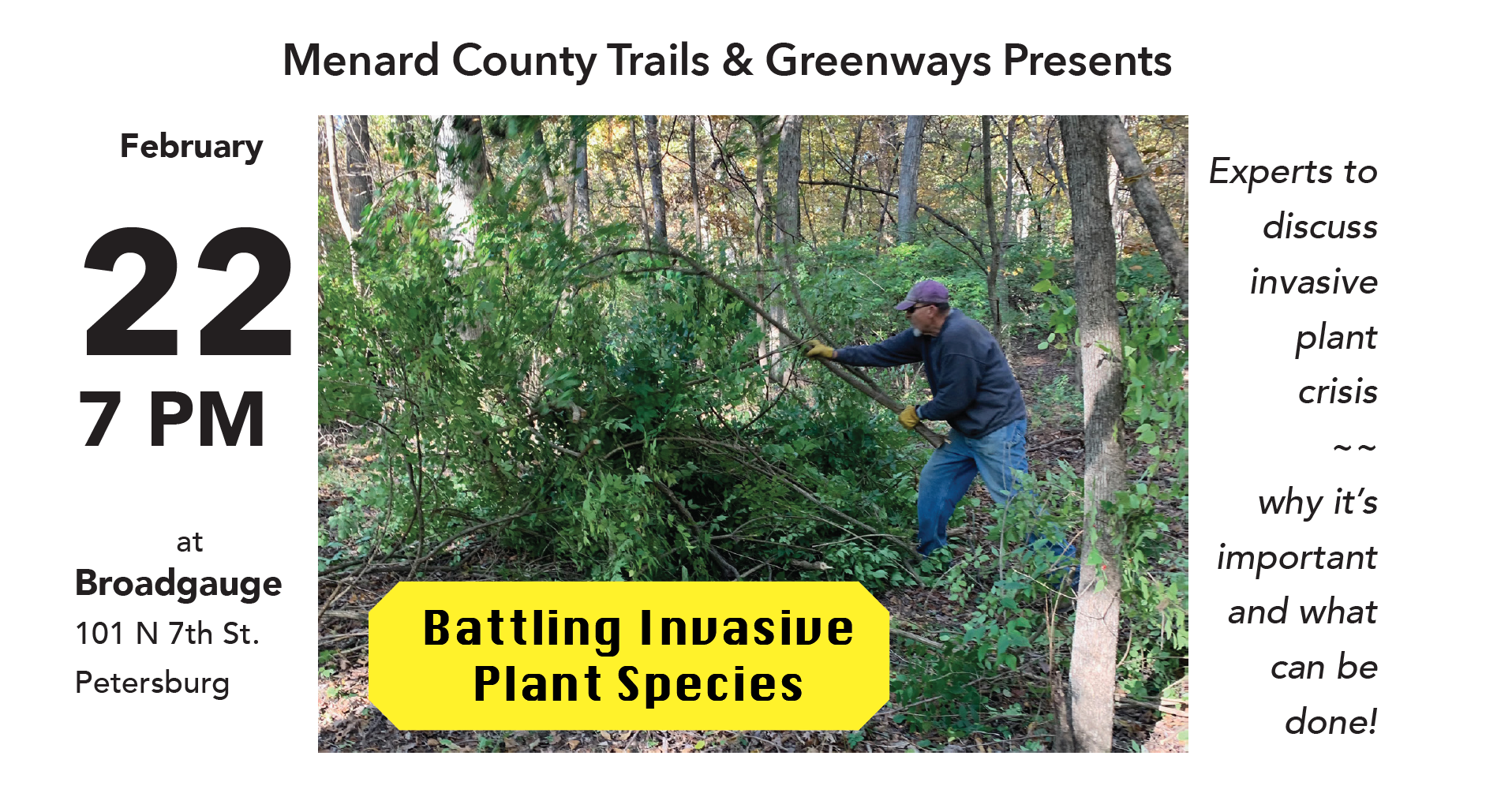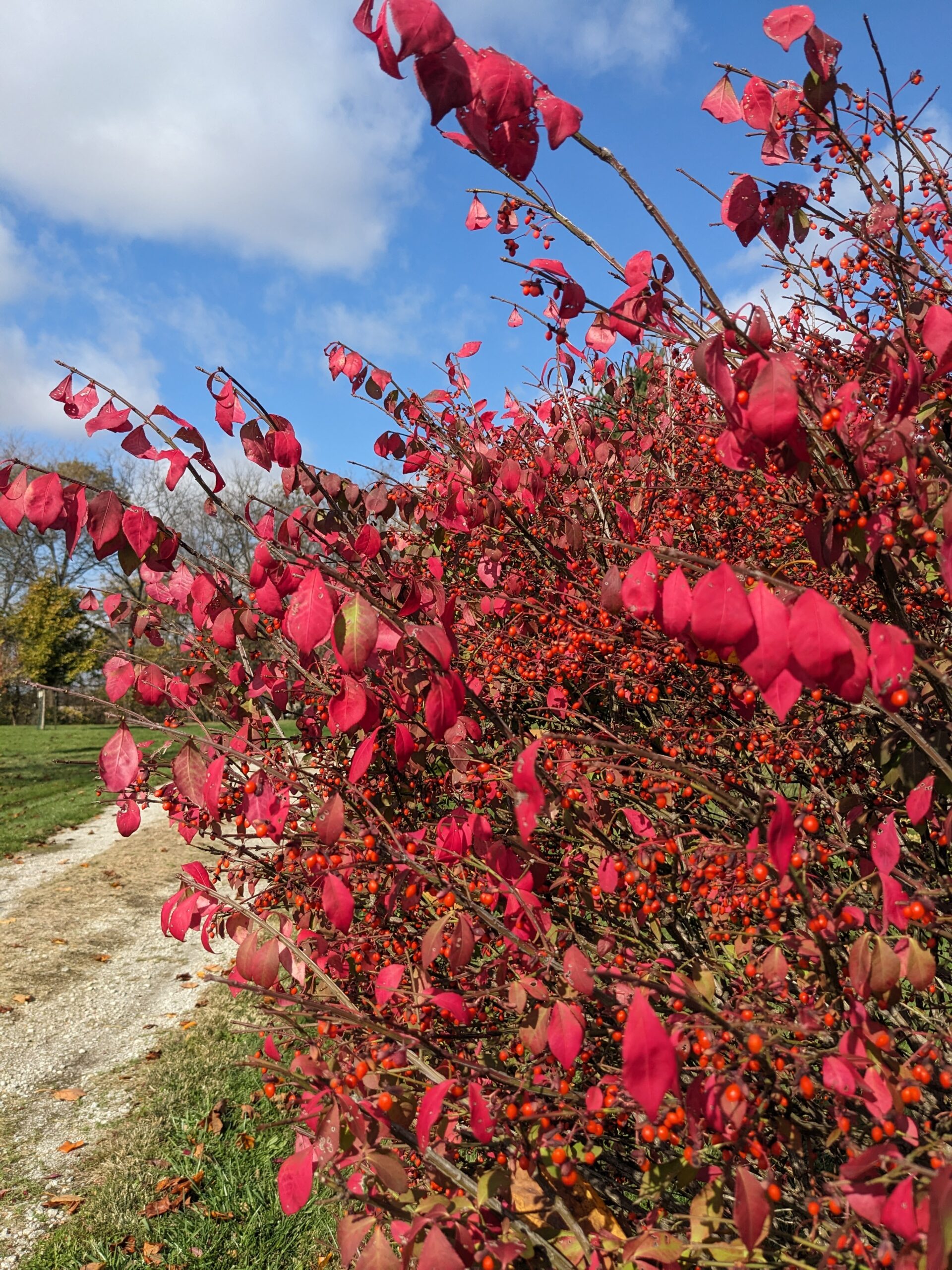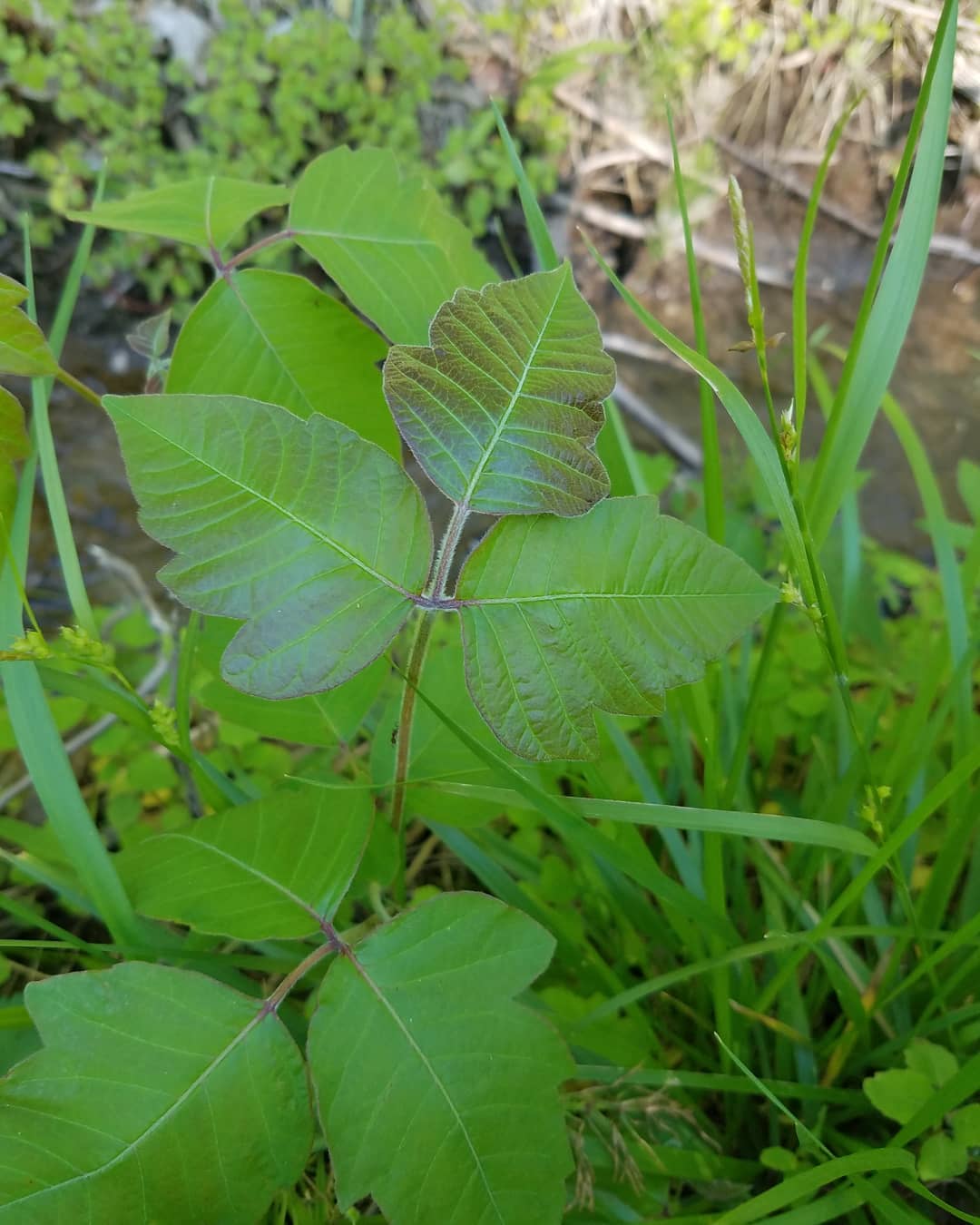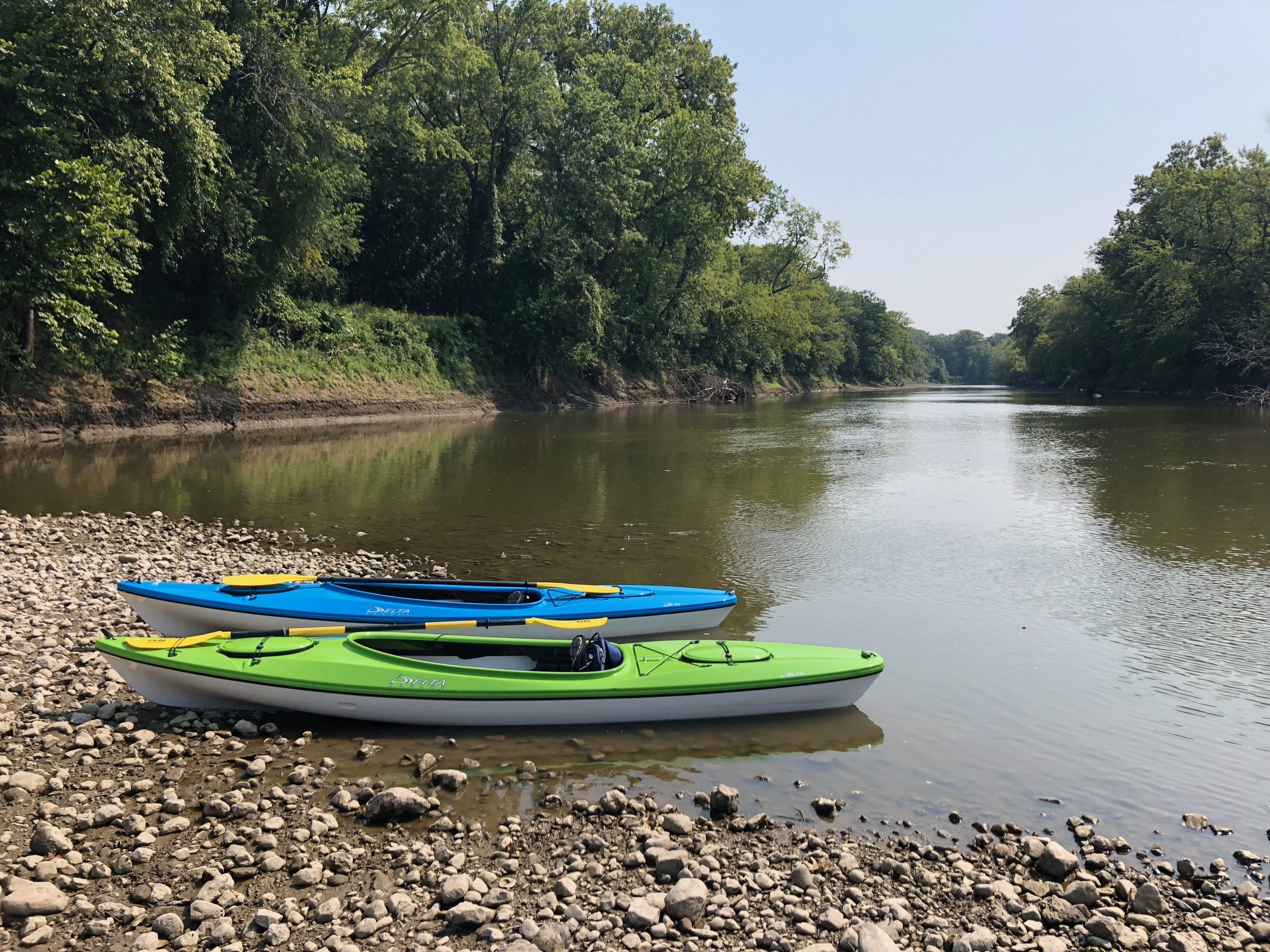-
Riverfront Development
The Sangamon River shares a place in Petersburg’s rich history since the town was formed nearly 200 years ago. Its waters led to the arrival of a young Abraham Lincoln who later surveyed land that is now Petersburg. The river and the tracks along it shuttled 100,000 visitors in the 10 day mega-event each year known as Chautauqua on a site just a mile south of town in the late 1800s and early 1900s. The Sangamon River was the subject of popular writings of Edgar Lee Masters as he described the beloved Sangamon River and the people who called the area home. Native Americans utilized the river for food, water…
-
Prescribed Fire — New Salem Habitat Restoration Project
On April 10th the Illinois Department of Natural Resources conducted a prescribed fire on approximately 20 acres within the MCTG New Salem Habitat Restoration project area. Project supervisor, Ray Geroff, was the burn boss, with help from IDNR staff and MCTG project volunteers. Even though we had removed leaves (fuel) from the base of dead and dying trees, because of the low humid that day several large, dead trees caught fire and had to be cut down. Our hats off to the skill and hard work that was required to accomplish that task!
-
Garlic Mustard Pulls at New Salem
Why do we pull garlic mustard? Each garlic mustard plant grows pods called siliques and each plant produces on average 22 siliques, each silique containing as many as 28 seeds. That is over 600 seeds on an average per plant, with some particularly robust plants producing almost 8,000 seeds. That’s why it is so important to remove the plant before it sets seed.
-
New Salem Habitat Restoration Project Featured in Outdoor Illinois Journal
Outdoor Illinois Journal, the Department of Natural Resource’s online magazine, has published a piece about Trails & Greenways’ New Salem Habitat Restoration Project. Check it out here! More Project Information Our Projects & Activities
-
Winter Seed Sowing Check In
Time to check in with our winter sowers! In the past few weeks, we’ve seen a lot of seedling germination. There is some variation, so it may have taken some containers a long time to show anything, but by now they should all have germinated and growing! Removing the Tops and Watering The weather has been pretty erratic this month, with some very warm days and some very cold nights. Up to this point, the top of the milk jug or container lid has helped to retain moisture and protect seedlings from temperature extremes and wind. Now that the temperatures have turned quite warm some days, it is important to…
-
Petersburg Cleans up on Earth Day
Despite the cold and brief snow/sleet shower, 22 adults and 15 youth showed up this past Saturday morning, April 22, to celebrate Earth Day and clean up around our town. Menard County Trails & Greenways (MCTG) hosted the event at Hurie Park.
-
Life and Times of Sangamon River Valley Part 2
In Part 2 we learn about the geological history of the Sangamon that runs through Central Illinois, from millions of years ago to present time. (Part 1 can be viewed here.) History of Sangamon River Valley Part 2 with Michael Wiant. from Treetop Productions on Vimeo
-
Battling Invasive Plant Species Presentation Video
For those who missed Chris Evans and Ray Geroff at Broadgauge on February 22, or simply want to review all the great information that was shared, here is the video recording of Battling Invasive Plant Species.
-
Life and Times of the Sangamon River
River valleys have a great many stories to tell. History is revealed in riverbanks all over the world. It is written in sediment, fossils, and artifacts. In some places, rivers expose ancient land and waterscapes created long before the river. Today, many rivers are refuges, tiny bits of what once was a far-reaching ecosystem. Life at the equator, colossal glaciers and the birth of rivers, megafauna, the arrival of people, earthquakes, a profound transformation of the landscape, but no dinosaurs, all these stories and more are told by the Sangamon River as it meanders its way across central Illinois. This video, History of the Sangamon River Valley by Michael Wiant,…
-
Battling Invasive Plant Species–Special Presentation
Experts to discuss invasive plant crisis–why it’s important and what can be done! Menard County Trails & Greenways invites the public to an engaging presentation about invasive plants—what they are, why they are a serious problem and what can be done about them—February 22, 2023, at Broadgauge in Petersburg at 7 p.m.
